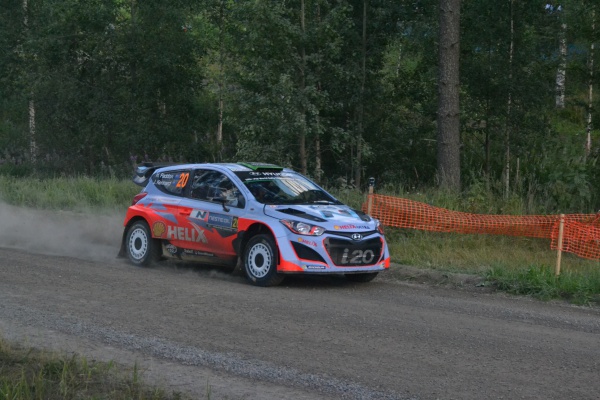Facts About Rally Finland
Rally Finland, held in the picturesque Finnish Lakeland region of Central Finland, is one of the most thrilling and prestigious events in the World Rally Championship (WRC). Known for its wide, smooth gravel roads, blind crests, and breathtaking jumps, it is often dubbed the "Grand Prix of Rallying" or the "Grand Prix on Gravel." Every year, this high-octane event attracts hundreds of thousands of spectators, making it one of the largest annual public gatherings in the Nordic countries.
The rally's roots date back to 1951 when it first took place as Jyväskylän Suurajot, or the Jyväskylä Grand Prix. Over the decades, the competition has evolved, incorporating special stages and joining the European Rally Championship in 1959. By 1973, it had become a key part of the World Rally Championship. Legendary Finnish drivers such as Hannu Mikkola, Markku Alén, Tommi Mäkinen, and Marcus Grönholm have dominated the event, although Swedish stars like Stig Blomqvist have also left their mark.
Rally Finland is notoriously tough for non-Nordic drivers, with only a handful from outside Finland and Sweden managing to clinch victories. The rally's high speeds, intricate pacenotes, and demanding tree-lined gravel roads create a formidable challenge. One standout stage is Ouninpohja, renowned for its dramatic jumps and tricky corners, which never fails to thrill both drivers and fans.
Over the years, the rally has undergone numerous changes and safety improvements. Its popularity continues to soar, and it has been honored multiple times as "Rally of the Year." The event's unique characteristics—its stunning geography, high-speed sections, and iconic stages—have cemented its status as a must-see spectacle in the World Rally Championship.
With its rich history and challenging course, Rally Finland remains one of the most eagerly awaited and esteemed events in the world of rallying.

 Russia
Russia